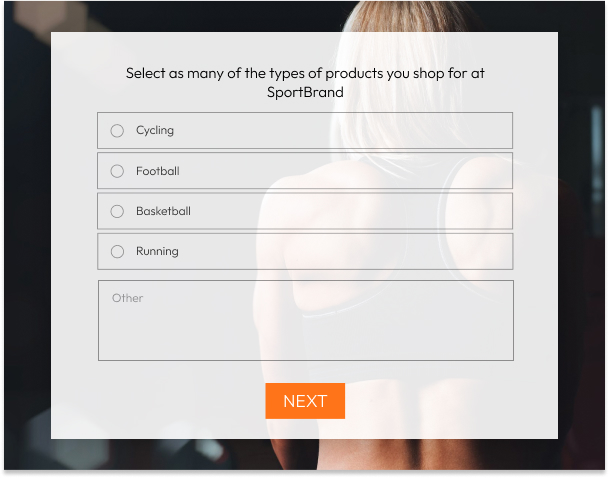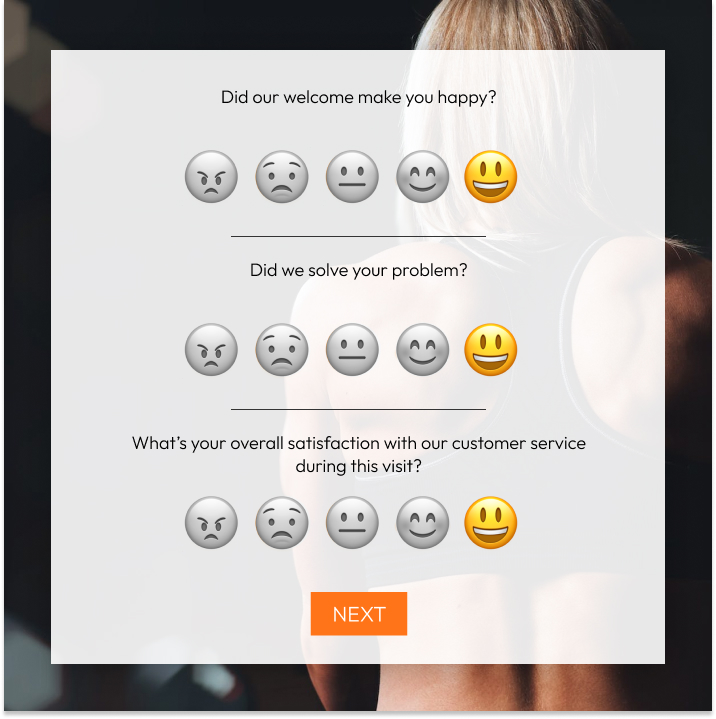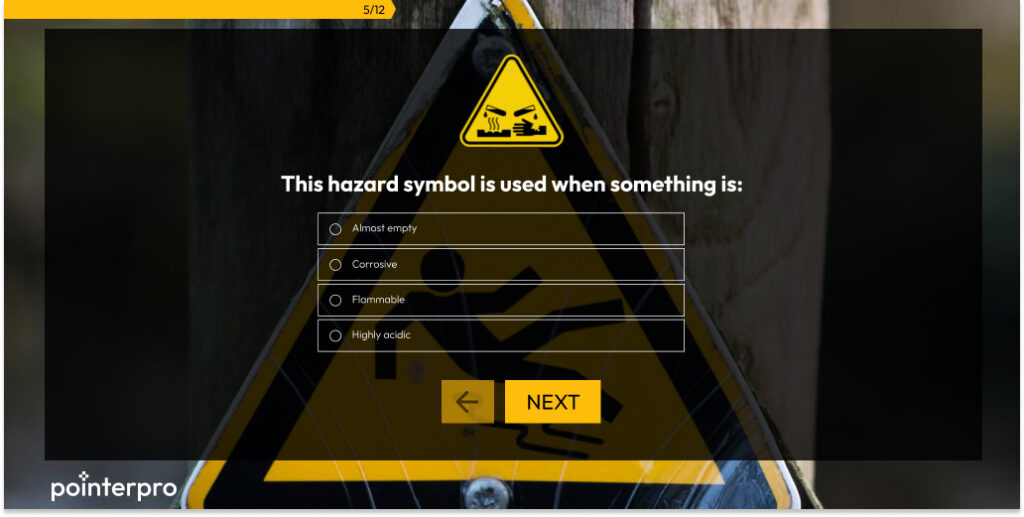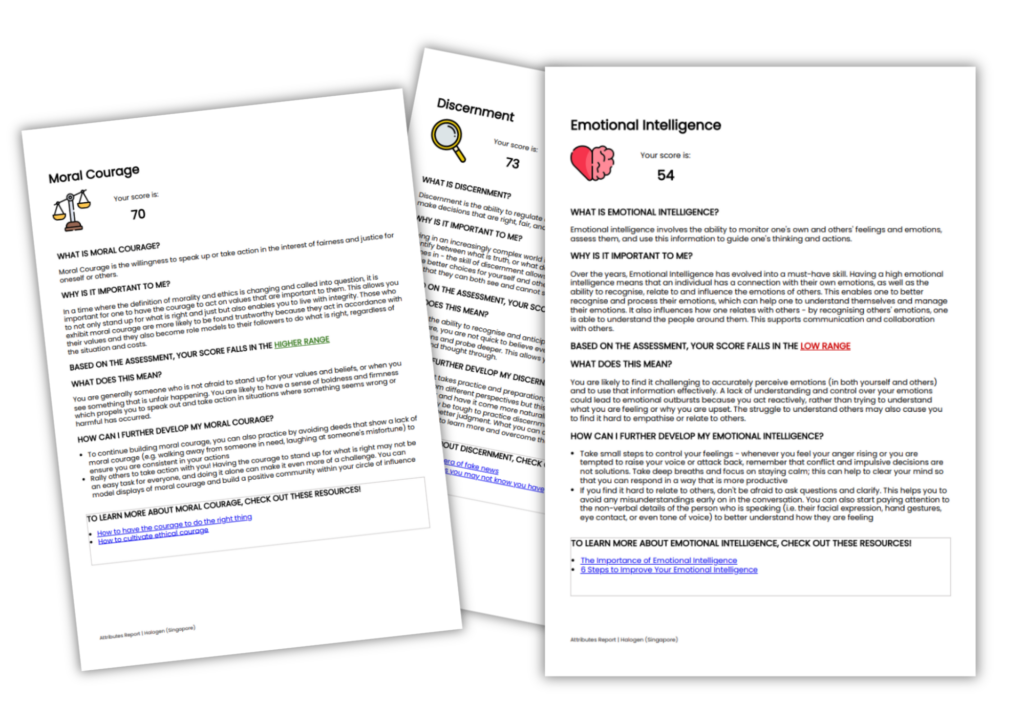Email is one of the best channels to build client relationships. But, your email marketing strategy can’t exist in a vacuum. If you really want to get the most out of your email communications with your customers, you need to work on generating real engagement and actually start listening to your contacts. This is where surveys come in.
Surveys are an excellent tool to complement your email marketing efforts. They make it easier to create a 2-way communication channel so you can get more information from your subscribers in addition to sending information to them.
Not sure where to start? Here are 4 ways that you can use surveys to enhance your email marketing strategy to build better relationships with your contacts:
1. Get more information upfront
One of the biggest mistakes that businesses make with email marketing these days is sending generic email campaigns to their entire list of contacts and hoping to see results.
As people’s inboxes become more crowded with promotional content and other messages from websites they’ve visited, it becomes increasingly difficult to stand out from the crowd. You have to create content that is highly relevant to the reader if you want to cut through all of the clutter.
So, how do you know what content is relevant to your subscribers? Just ask them! Use an email or email at domain name opt-in survey to give new contacts the chance to specify their email content preferences at the time of signup. You can ask about things like:
- Gender Preference
- Product category or content topic interests
- The frequency at which they’d like to receive emails

These are just a few ideas, but you can get as creative as you want, as long as it gives you a clearer picture of what’s relevant to your contacts.
After creating the survey, you can connect it to your email marketing tool, allowing for the survey responses to be automatically transferred to your contact database. This makes it very easy to segment your email contacts later according to their stated preferences.
2. Improve email campaigns and business with reader feedback
As mentioned above, surveys are great for gathering information from new subscribers up front. But, it doesn’t have to stop there! You can continue the 2-way communication by sending customer feedback surveys to your readers.

This can help with:
- Getting suggestions for new content to cover
- Better understand what you’re doing well and where you can improve with your emails
- Continue building stronger relationships with your subscribers
- Get general customer feedback and gauge satisfaction
Coming up with fresh ideas is a huge challenge for most marketers out there, so crowdsourcing ideas from your subscribers can be a big help. It also helps ensure that you’re not wasting time creating content that your subscribers don’t find interesting.
Giving your contacts a voice like this is also a great way to build trust and engagement. Ask questions that help you understand your customer satisfaction rate and how you can be better. This shows that you care about their opinion and are committed to improving your customer experience.
3. Validate new ideas for content
While you can use customer feedback to generate new ideas for content, you can also use them for validating some product or content initiatives that you already have planned as well.
You should only be sending emails or making changes to your business is to provide value for your subscribers in some form. So if you’ve got a big product or content initiative that you’re planning, it could be a great idea to validate it through feedback from your subscribers.
This could save you a lot of time and investment if you find out it’s not relevant to your customers. It also gives subscribers a “stake” in the continued development of your business, which can foster more loyalty and engagement over time.
You can use the online behavior from your audience to find which prospects are most likely to answer your survey. If they have already visited related content on your site, it makes more sense to send them your topical surveys. To automate this, you need email software that integrates with your website CMS: for WordPress, you can check out the tools on this list of best email software for WordPress.
Pro-tip: consider using software specifically designed to help you manage your content projects. Actively focus on building in the component of survey assessments into your tasks, especially when it comes to feedback and engagement with your customers. This will help better manage your evolving goals as you gain more insights from your customers.
4. Educate readers on important topics
Many organizations use email marketing as a means of educating readers on important topics that relate to their product or niche. This could be an in-depth article about how to use a product or a simple list of FAQs related to the organization.
While emails with this content are pretty standard, they’re not particularly engaging for readers. You can change this though.
Instead of sending dry, static content in your emails, you can send your subscribers interactive content, like a quiz or survey. By creating fun quizzes that cover the topics you want to address, you can teach subscribers what you want them to know in a more interesting way.

Not only does this increase engagement with the content, but it also helps readers retain the information you’re teaching them because they’re learning in an active fashion rather than just passively reading.
After they’ve taken the interactive quiz or survey, it’s a good idea to follow up with an email (using Pointerpro, you could even include a personalized PDF report). As an example, below you can find a short help guide video of our Customer Success Representative, Anna, on how to set up follow-up mails with Pointerpro.
Conclusion
The most important thing to keep in mind when you’re building out your email marketing strategy is that it’s an opportunity to build real relationships with your customers and subscribers. That means it shouldn’t just be a one-way communication black hole though — you need to take the opportunity to listen to your customers as well.
Following these tips will allow you to do just that. Surveys provide you with the perfect medium for learning more about your contacts to get the most out of your relationship and take your email marketing to the next level!





